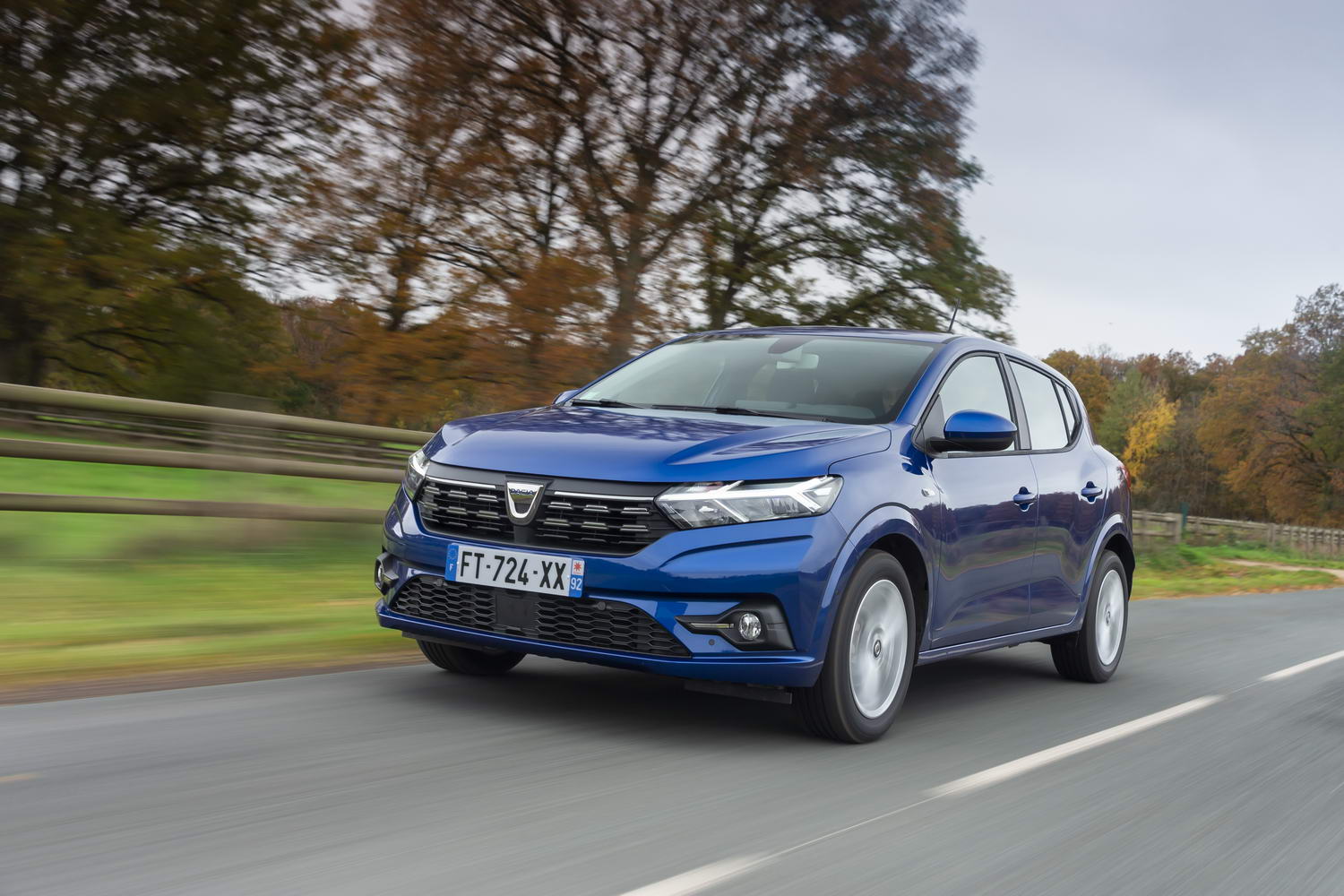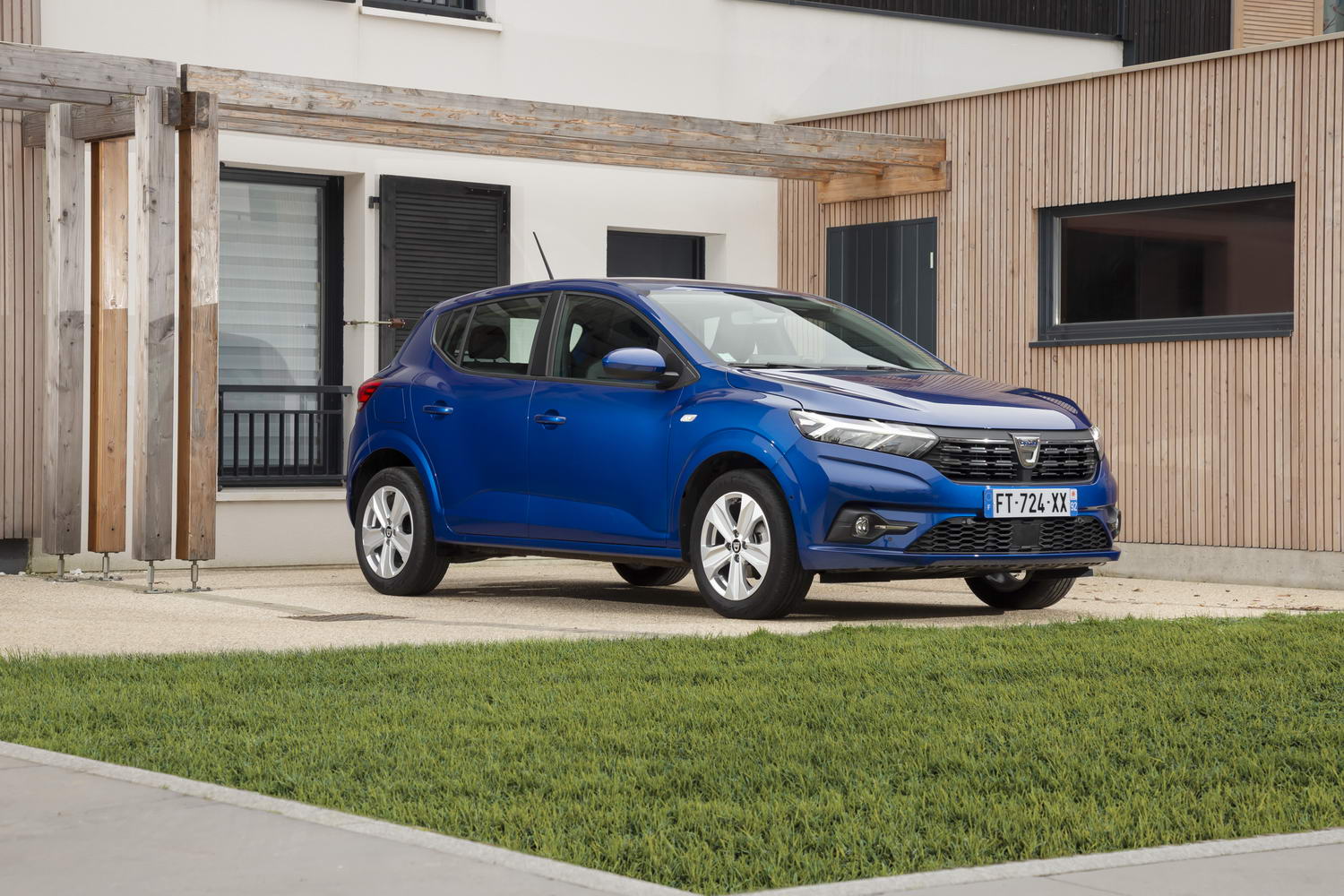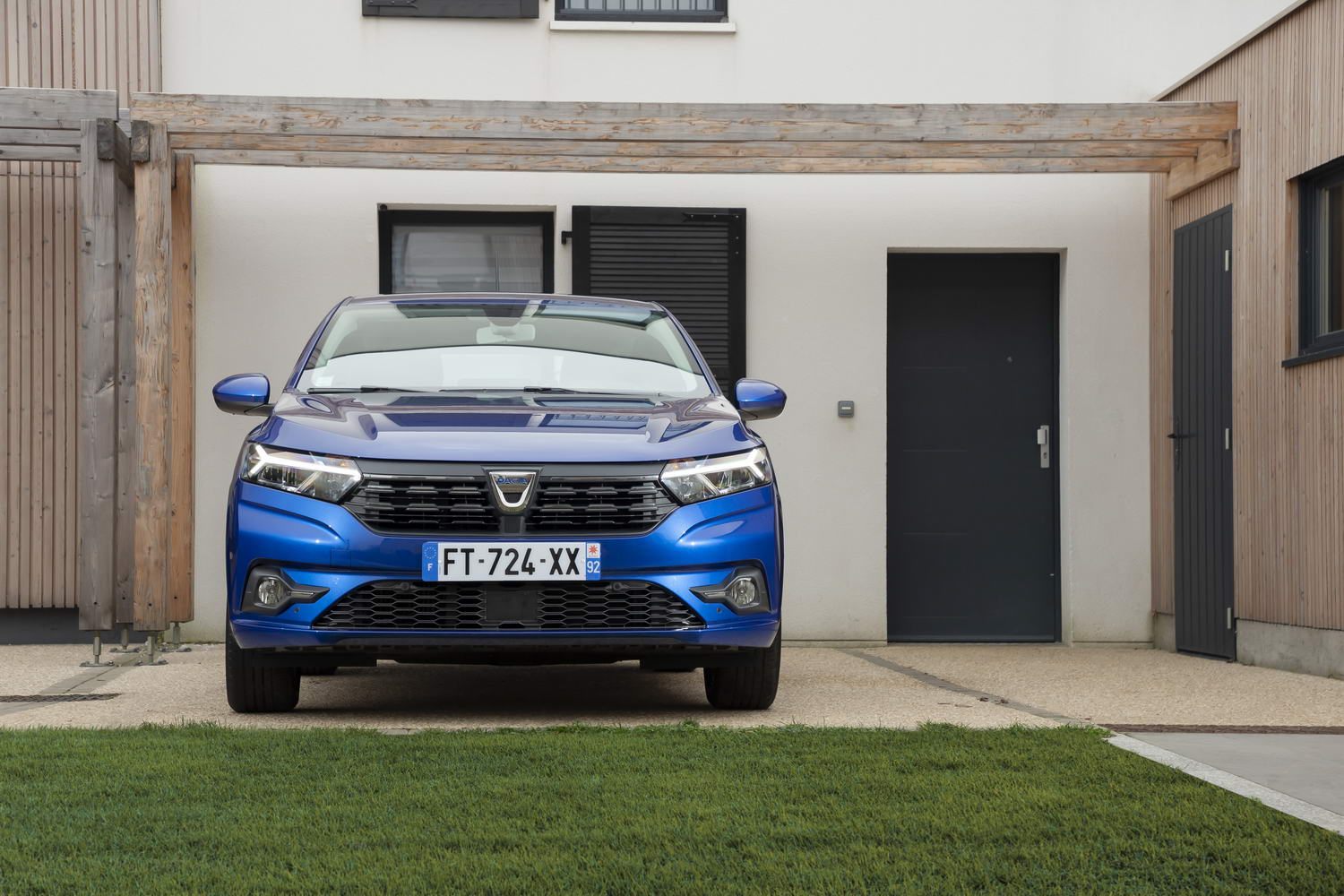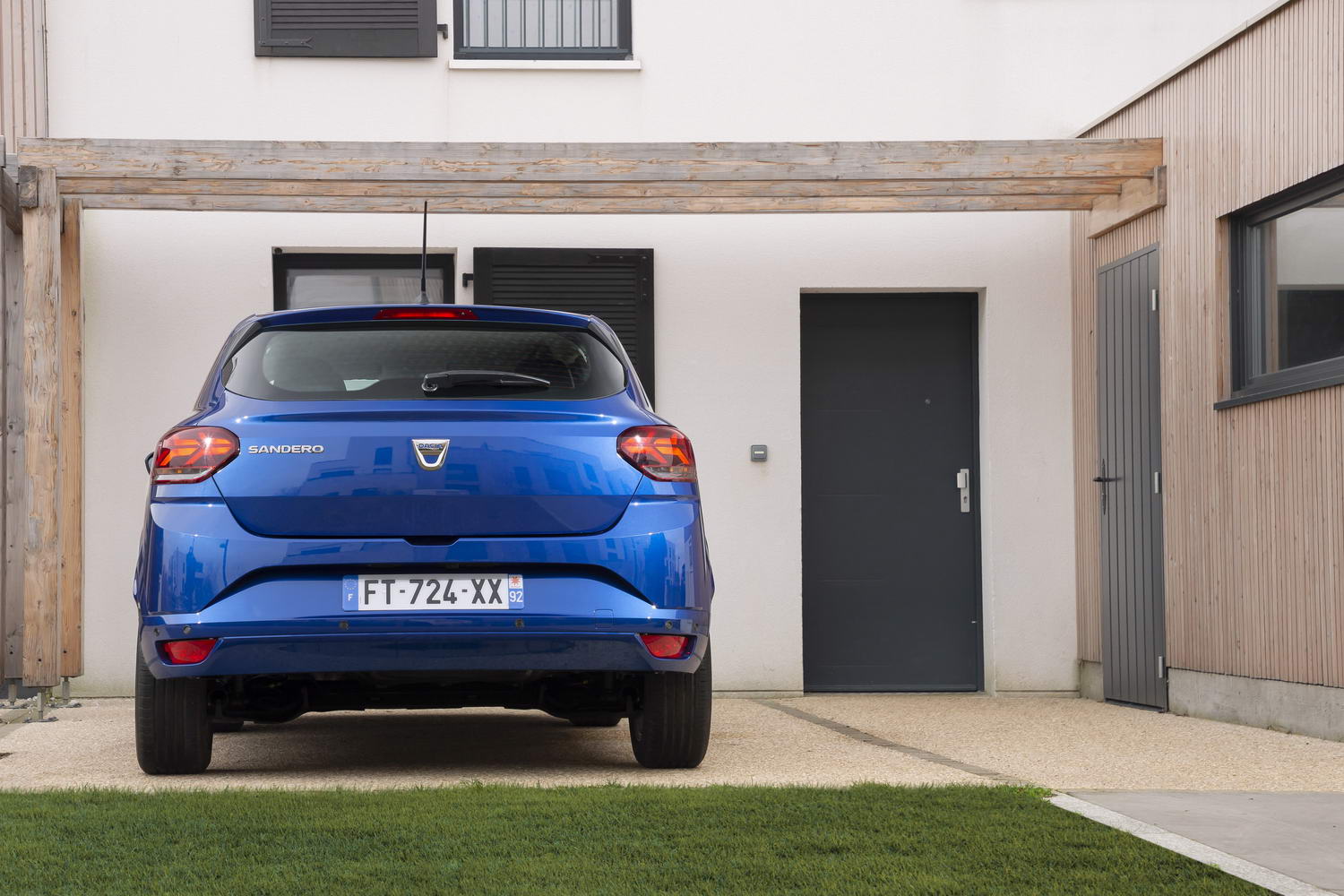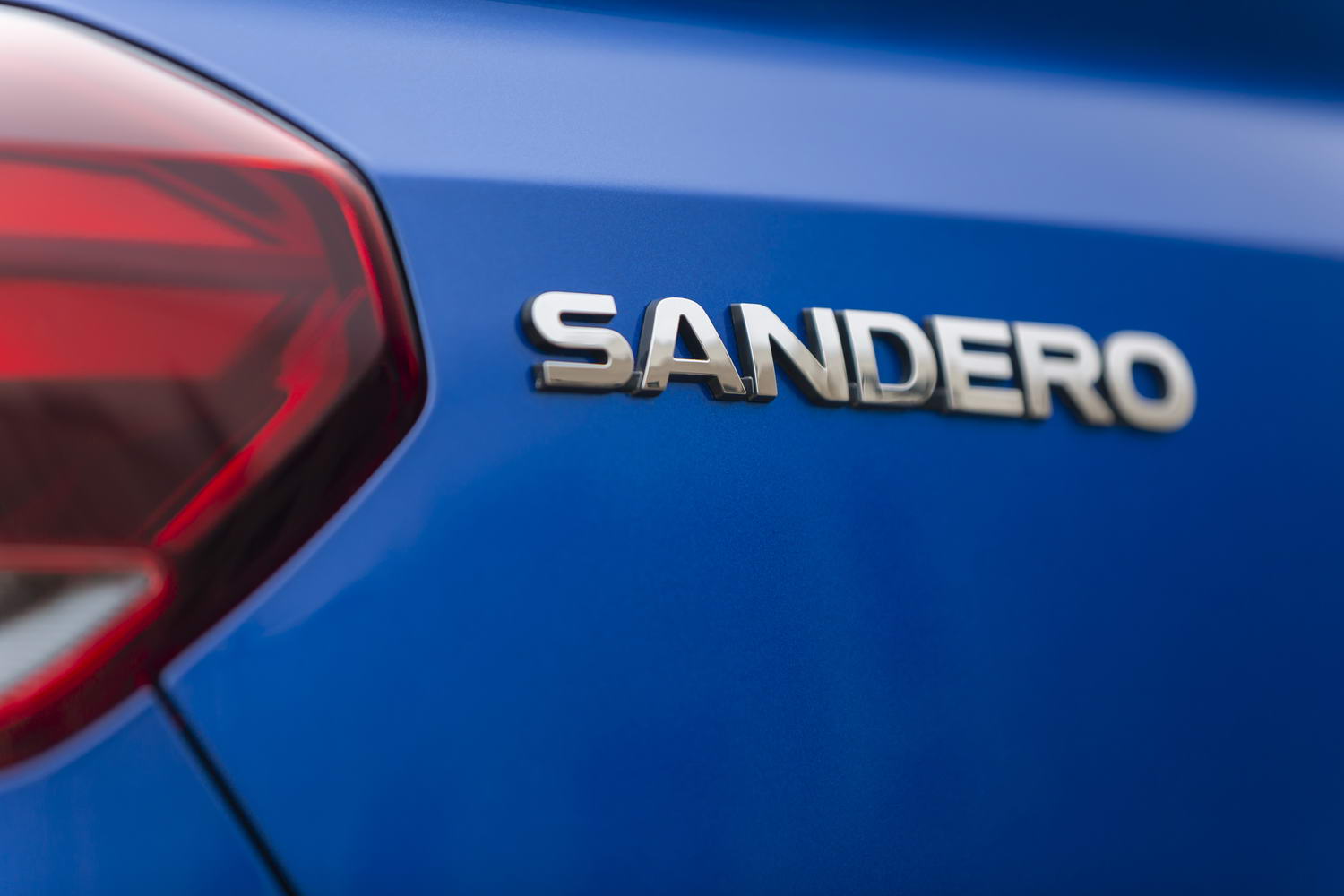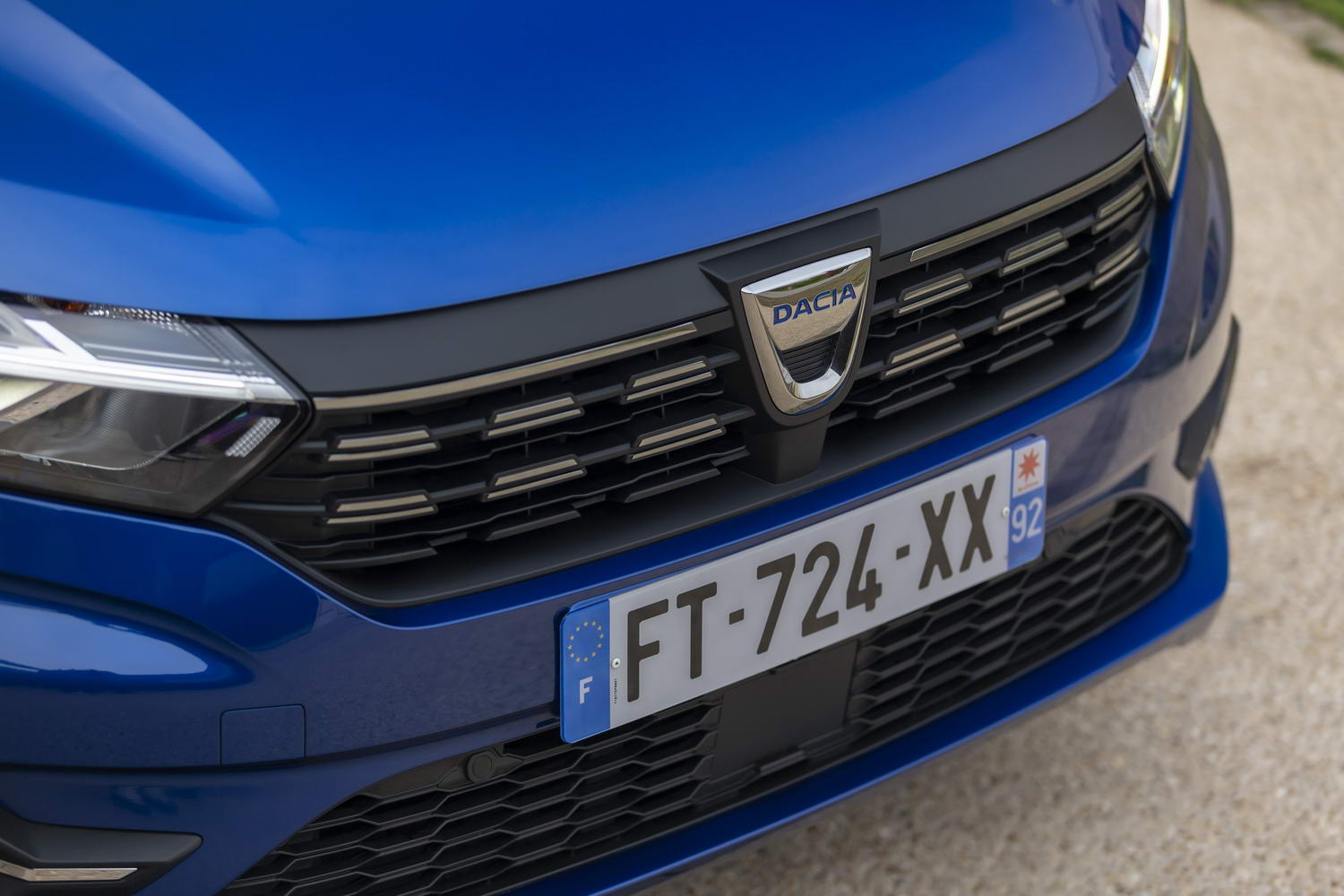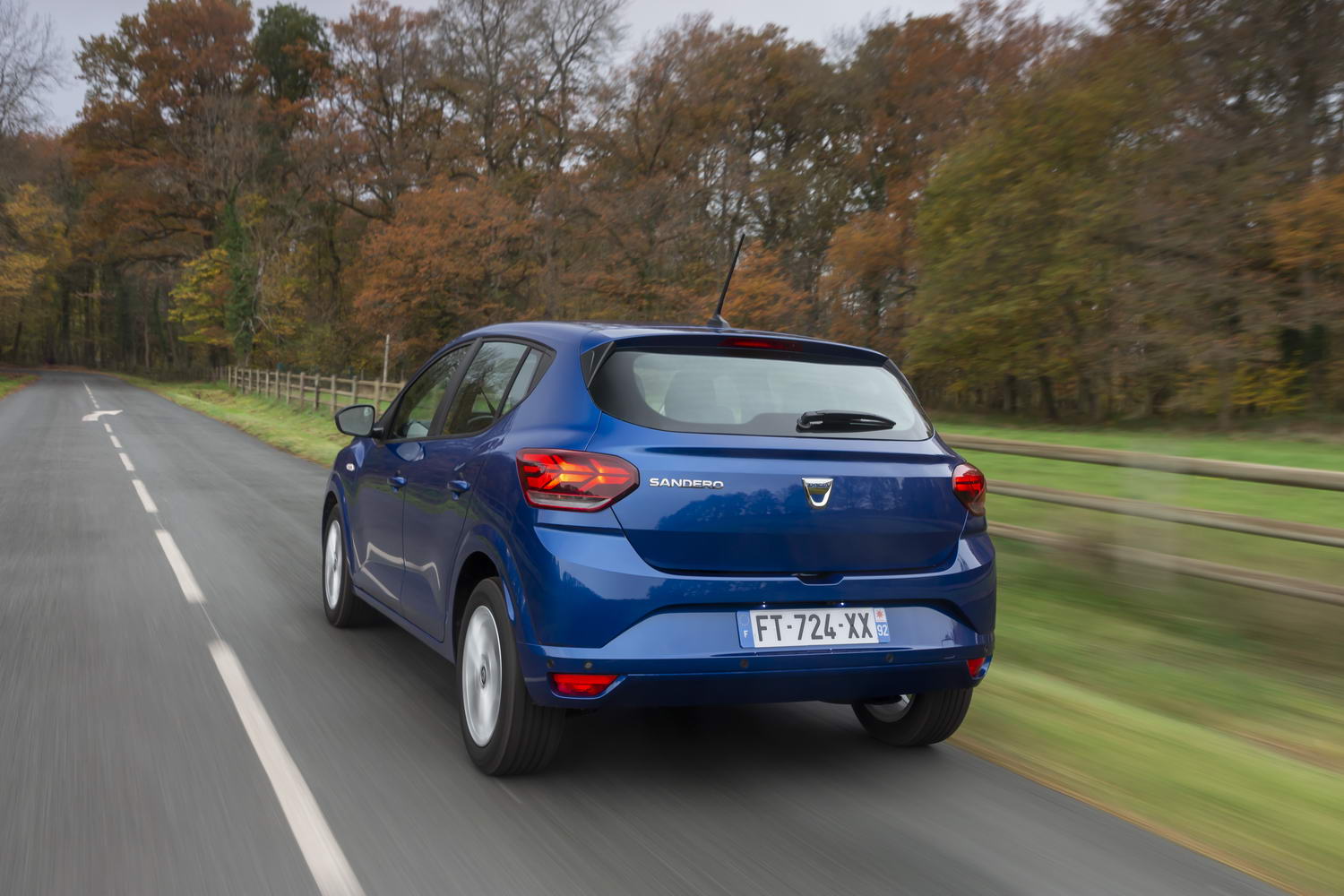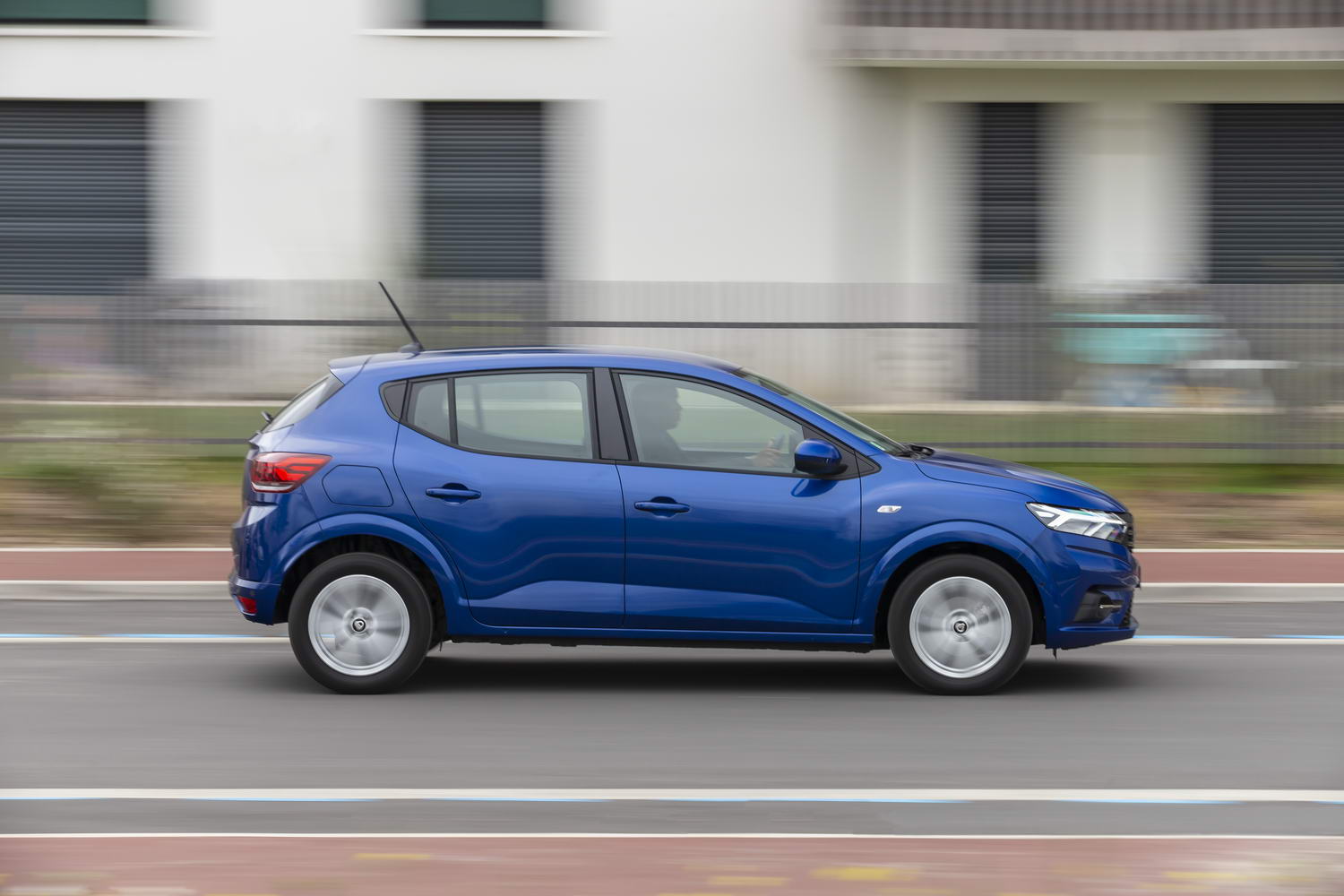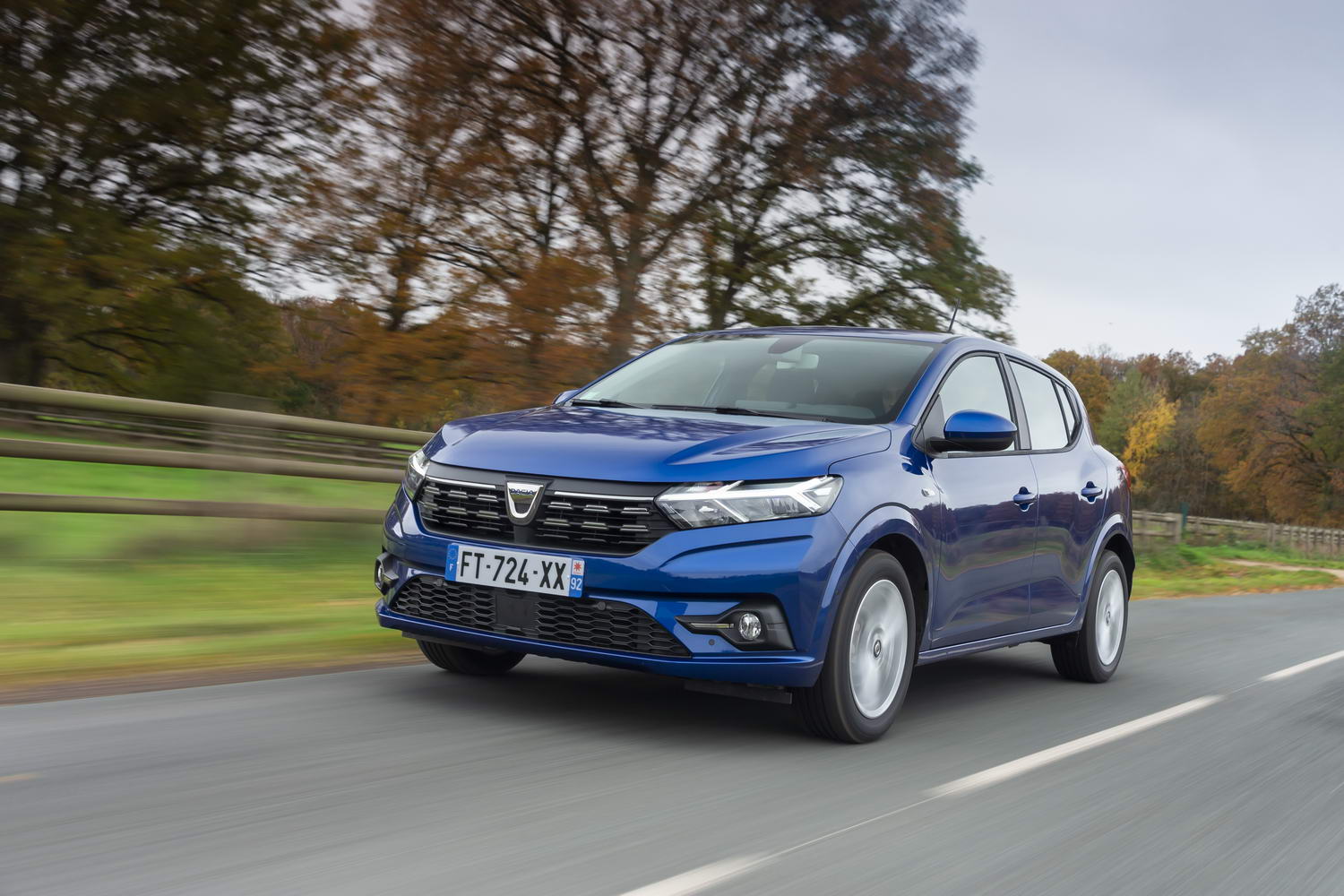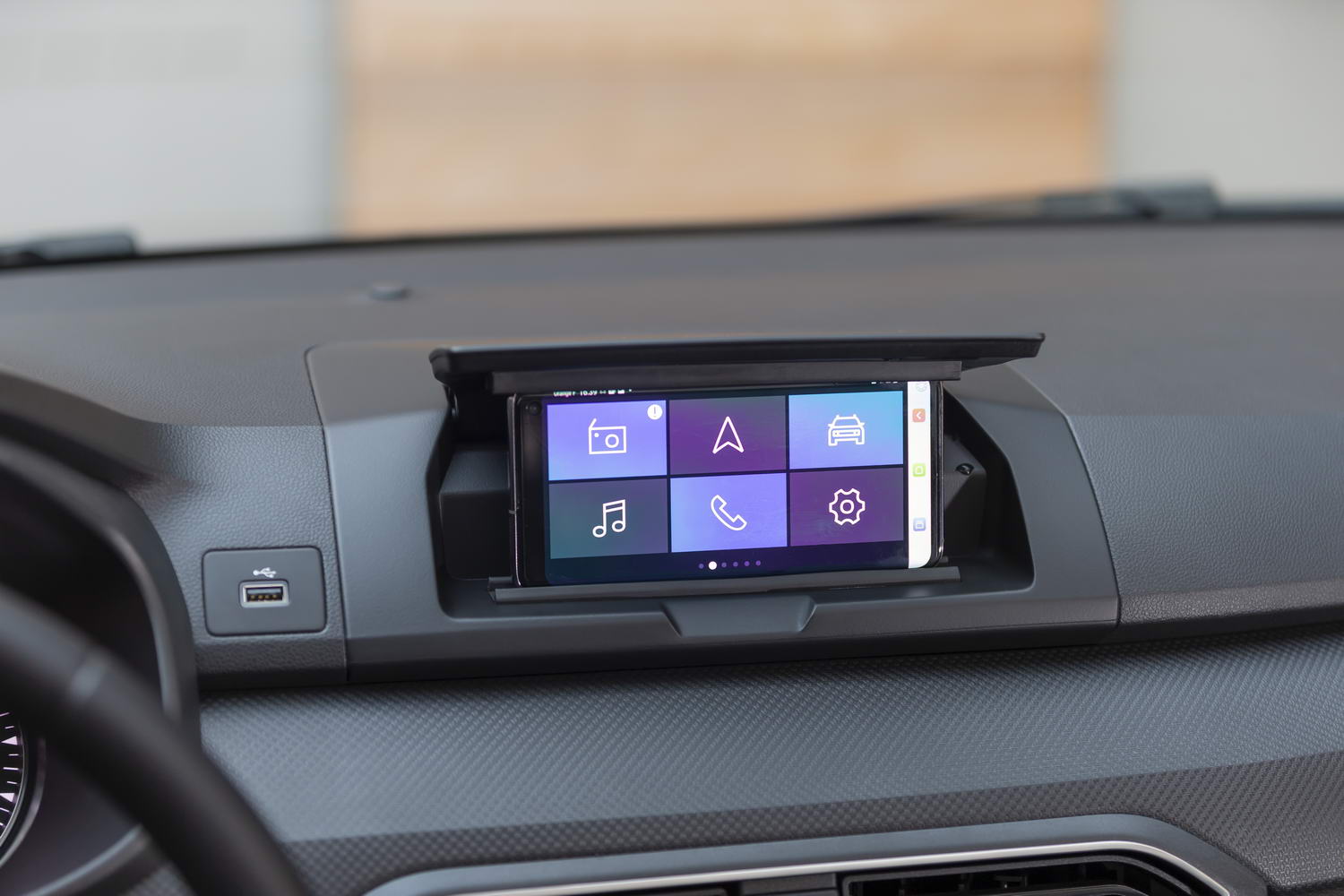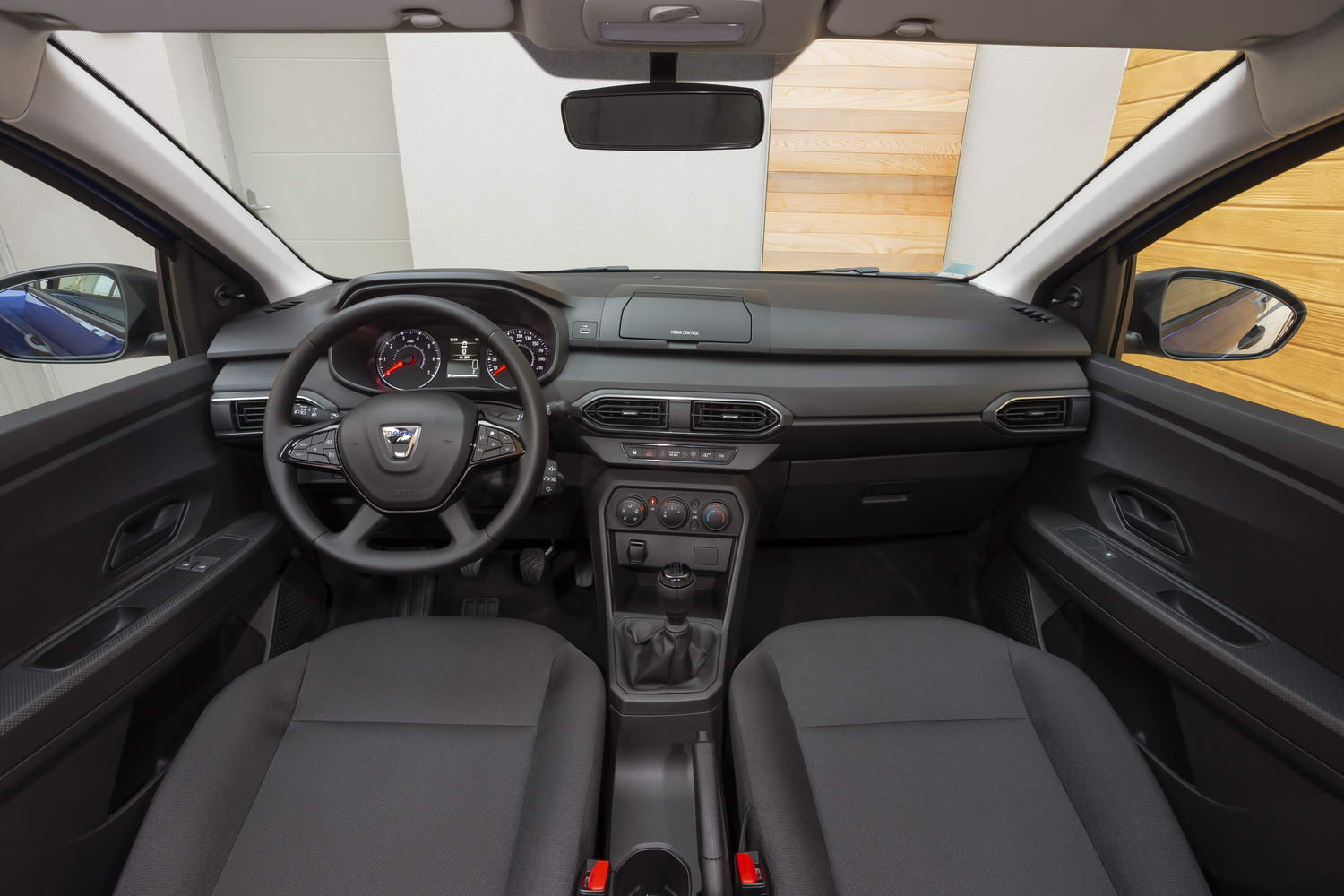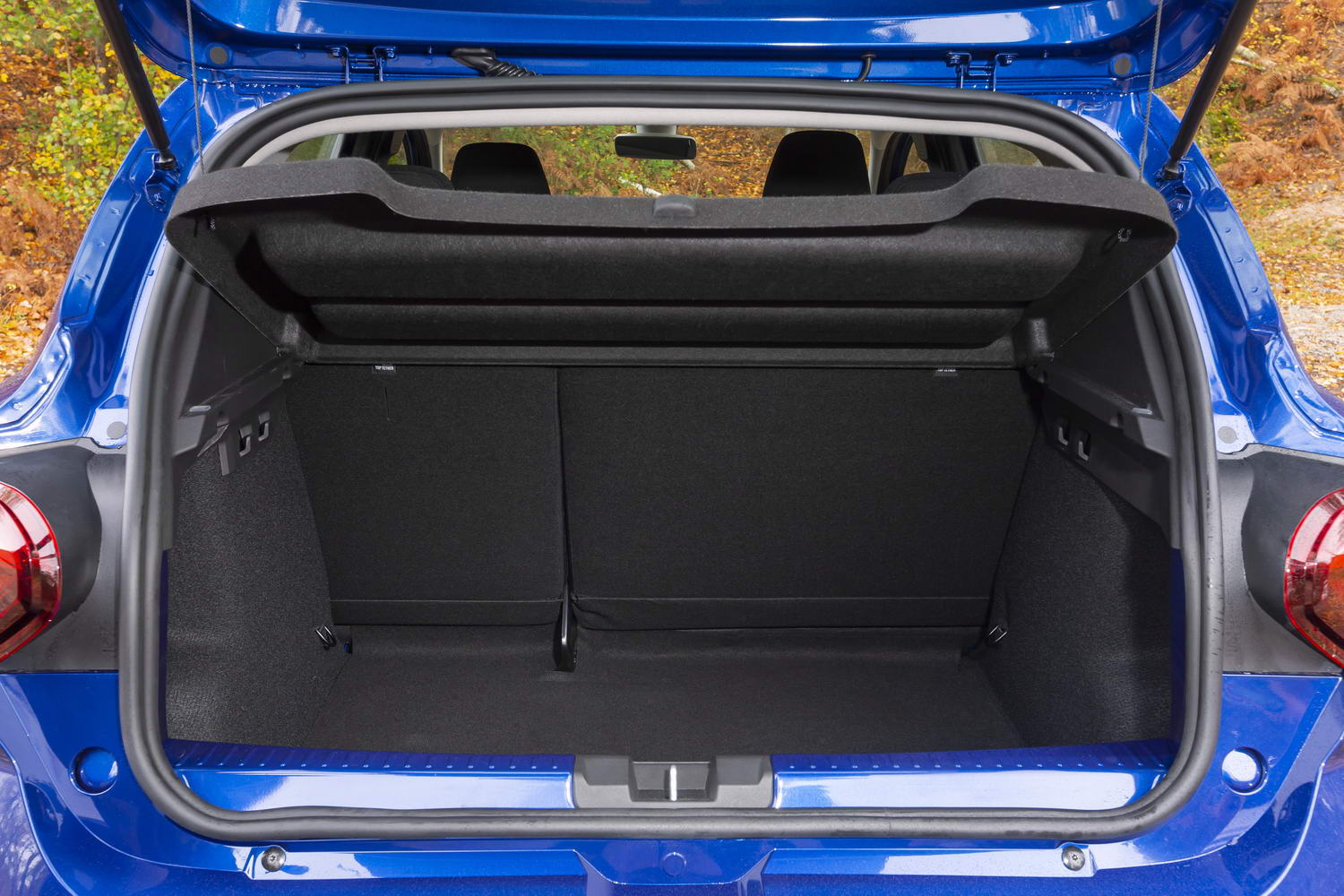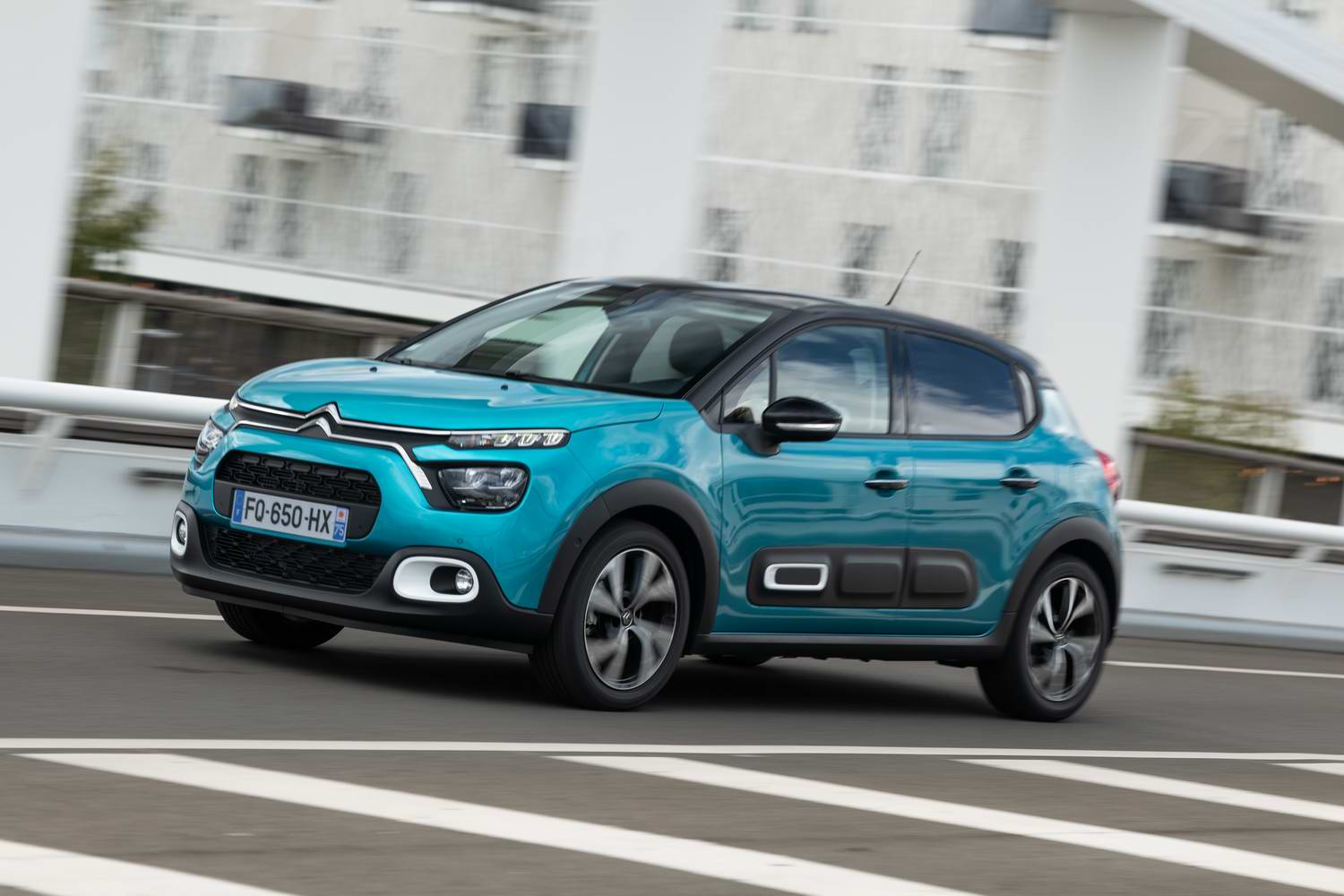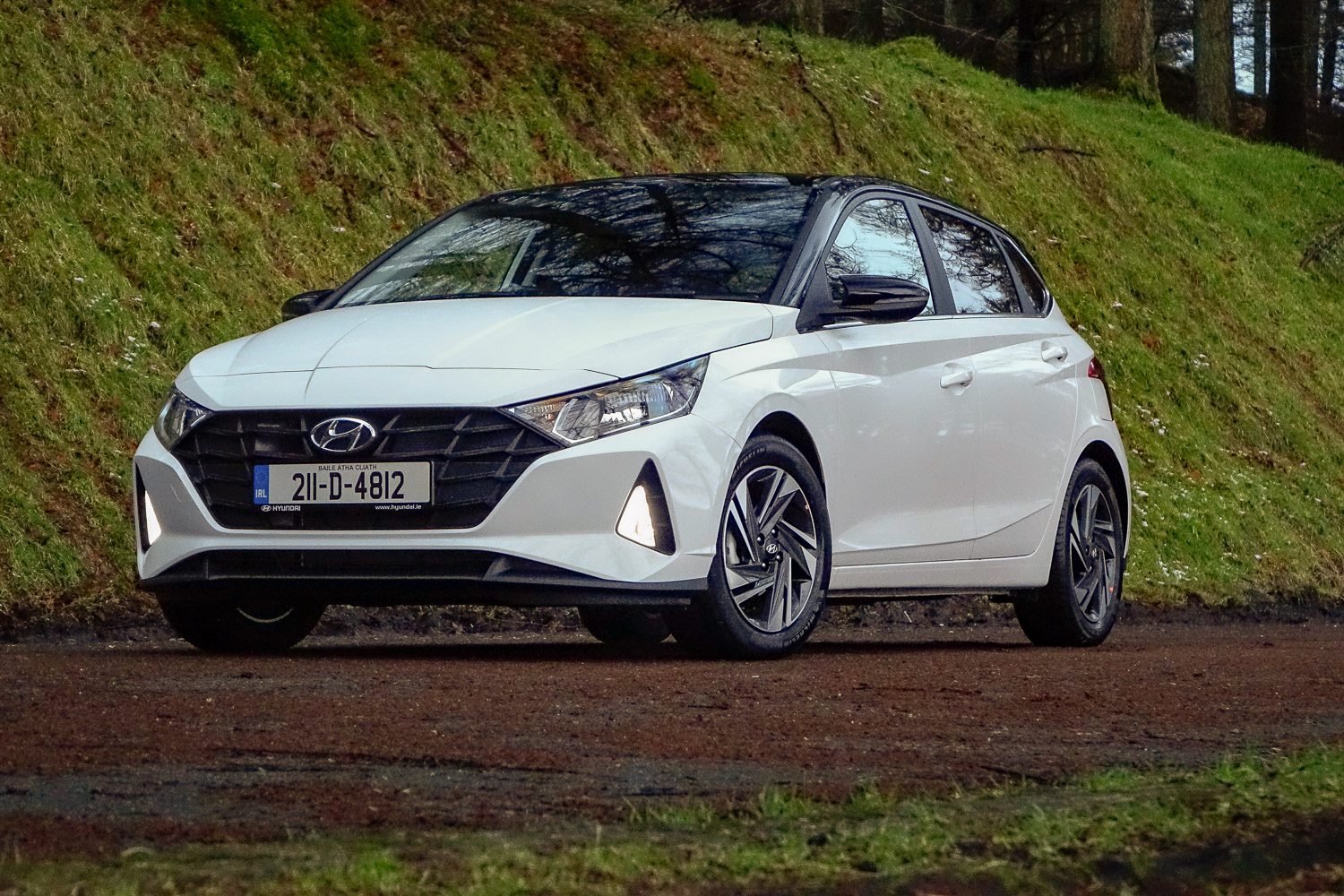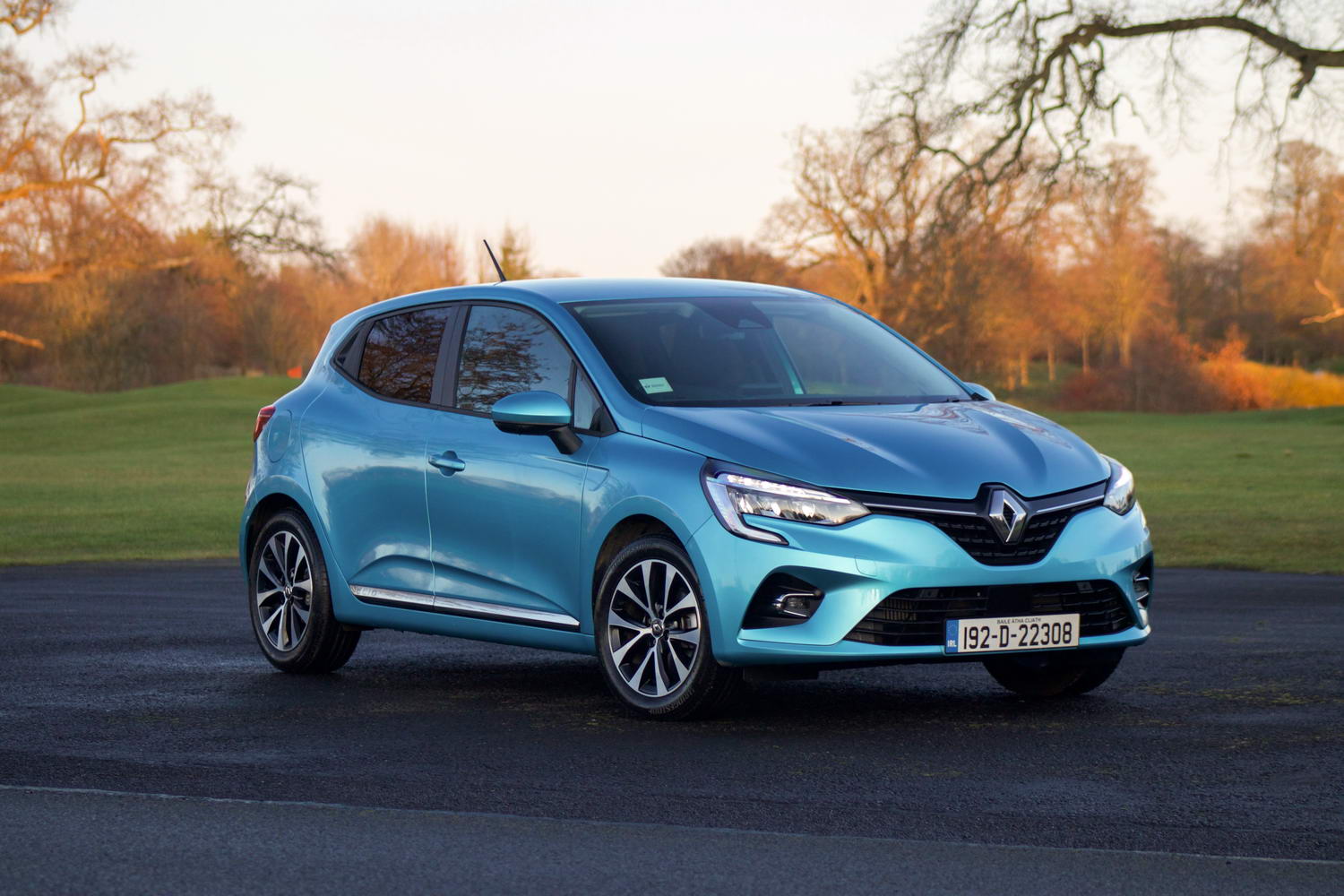Dacia's Sandero has long been a favourite of Irish drivers, thanks to its affordable pricing and rugged mechanical package. With this new, more sophisticated, more expensive model, can the Sandero retain its place in Irish hearts?
In the metal
Well, the new Dacia Sandero sure looks a little sharper and a little smoother than it did before. That first-generation model (actually, it was the second generation Sandero, but the first to be sold in right-hand drive) was simple, blocky and upright in its styling, almost style-by-Lego, but in a good way.
This new Sandero looks much sleeker and more modern, with faint hints of the Volkswagen Polo, both in its slimline headlights and its minimalist tail.
In some ways, the loss of the old industrial-chic look could be seen as a retrograde step, but for most buyers the fact that the new Sandero just looks a bit more modern will be very good news indeed.
Although we are testing the most basic Essential model, it does come with rather tidy-looking LED headlights, and we love the fact that it eschews expensive, heavy and easily damaged alloy wheels in favour of simple pressed-steel units with neat plastic trims (the car in the pictures is slightly higher specification than we drove).
Inside, there is new-found sophistication for the Sandero, with a multi-layered dashboard that's far more modern in its appearance than the old version. Yes, you can still find some ancient Renault Clio cast-offs inside - the button that switches on the air conditioning, for example, I reckon comes direct from the 1999 Clio. Then again, this time around that air conditioning comes as standard, so why quibble about an old-fashioned button?
In the instrument panel, there are two simple white-on-black dials, for engine rpm and speed, and a small black-and-white digital display that has a trip computer and the car's audio functions built-in.
There's no central touch screen, although you can get one on higher-spec models. Instead, Dacia gives you a simple flap, which clamps your phone into position, and an adjacent USB socket that connects your phone to the car's audio system. There's not even a volume knob - everything's taken care of by the audio controls column stalk, again a familiar old-school Renault part.
Actually, considering that most of us are carrying around a five-odd-inch touchscreen in our pockets at any given time, it's quite an elegant solution, albeit we found that the connection betwixt phone and car could be a bit glitchy.
The biggest change is to the Sandero's overall cabin quality. While this Essential model does without the neat fabric dashboard trims of other versions, and while the dash surfaces are clearly not VW-style slush-moulded, soft-touch panels, there is a palpable improvement in touchy-feely quality, and a sense of tinny-ness that's much lessened.
Also, when you put your hand down to the lower dashboard surfaces, say while looking for the bonnet release, you're less likely to cut your finger. The seats are improved too, and are now much more supportive yet less tight, and there's more knee-room in the back.
At 328 litres, the boot isn't huge, but it's decent for a B-segment supermini, and you can expand that by folding down the back seats, although they don't fold flat.
Driving it
With 67hp on tap, and 95Nm of torque, you can safely assume that the new Dacia Sandero won't be a ball of fire to drive. You'd be right - as the 16.7-second 0-100km/h acceleration time would evince - but that's not the full story.
For a start, the Sandero is light - just peeping over the parapet of a tonne - and that helps enormously with performance. At low-to-medium speeds, it actually feels quite zippy, helped by the little three-cylinder petrol engine's happiness to rev.
It pulls quite well up to motorway speeds, and sits happily, with power in reserve, at the 120km/h limit. Where you feel its slowness is when tackling hills. Hit an incline steep enough and you might need to drop to first.
That's made a little harder by Dacia's use of a needlessly huge, chunky, gear knob, also brought in from Renault, which makes what I suspect is actually quite a sweet five-speed gearchange feel more clunky and obstructive than it actually is.
Refinement is also an issue, as once you're above 3,000rpm, the little three-cylinder engine starts to thrash and gnash rather a lot. At that 120km/h motorway speed, in fifth gear, you're pulling a noisy 4,000rpm, which might work out hard on both the ears and the wallet if you're tackling a long journey.
It's worth noting that the turbocharged 100hp version of this same engine, with a six-speed gearbox, is a very different animal, being far smoother, far more accelerative and a much better long-haul companion. Then again, you'll have to find an extra €4,000 to get one... Maybe buy some earplugs instead? They're only around €1.
In terms of handling, the Sandero feels reasonably grippy at the front, and has a sensation of pleasant nippiness, ideal for a car that's going to spend a lot of time in town. The steering is light, but a little slow and inaccurate if you're trying to place the car precisely in a corner. It's not bad in this respect, but just not up to the standards of more expensive rivals.
The ride quality is mostly fine, if a little firm at times, but the suspension can run out of travel and thump into its bump-stops quite quickly, especially when traversing particularly mountainous speed ramps.
What you get for your money
Standard equipment is exceptional for the €12,990 price tag, including the aforementioned air conditioning, cruise control, a speed limiter, central locking, DAB radio, Bluetooth and a lot of standard safety equipment.
This might be a good time to discuss the Sandero's recent two-star safety rating from Euro NCAP. That might make for uncomfortable reading for any families thinking of buying a Sandero, but there's nuance in it. The Sandero got marked down because its standard autonomous emergency braking system uses only radar, not a radar-and-camera system as preferred by most other car makers. Dacia insists that, in terms of its ability to protect its occupants in an actual crash, it's a four-star car. However, you will just have to accept that it cannot get you out of a crash, or a collision with a pedestrian, with the alacrity of some more expensive rivals.
You can upgrade to a €16,290 Comfort model, which gets the 100hp engine and the six-speed gearbox, and an eight-inch touchscreen, but then we usually reckon that a Dacia, any Dacia, is better sampled in basic spec - that's the whole point, isn't it? PCP monthly repayments start from a mere €39, depending upon your deposit or trade-in value.
Summary
The Dacia Sandero is exactly as it was before - highly affordable, rugged, simple, transport, and it excels in that role. It really has found some more sophistication though, and is far nicer inside, more handsome outside and better to drive than before. Should the safety rating put you off? On balance, probably not, but as ever take a careful look at what you're paying for (and not paying for).

